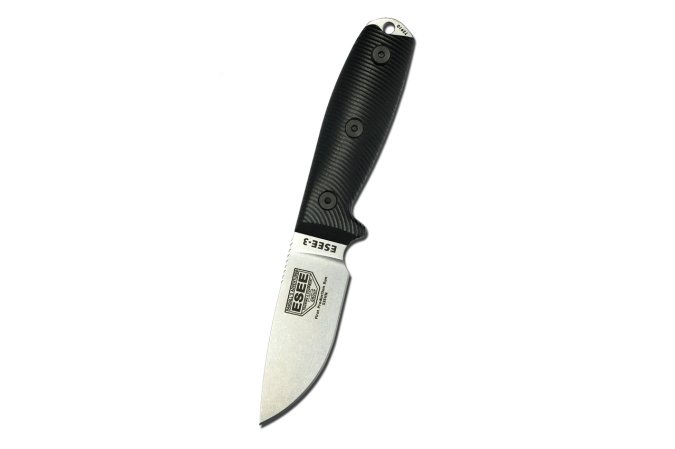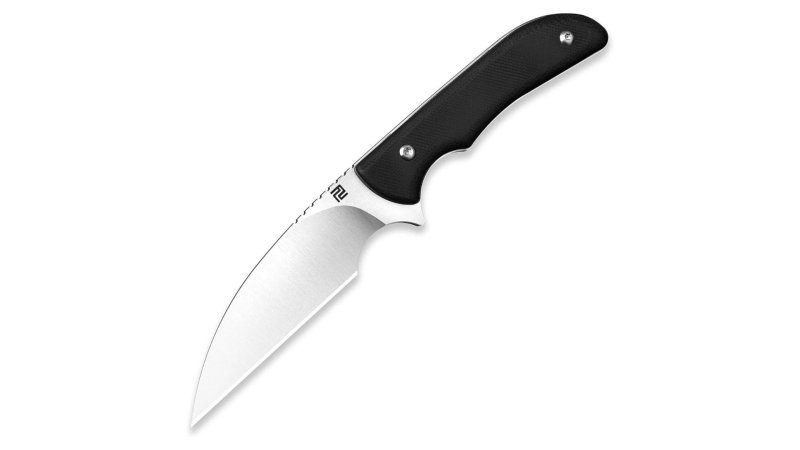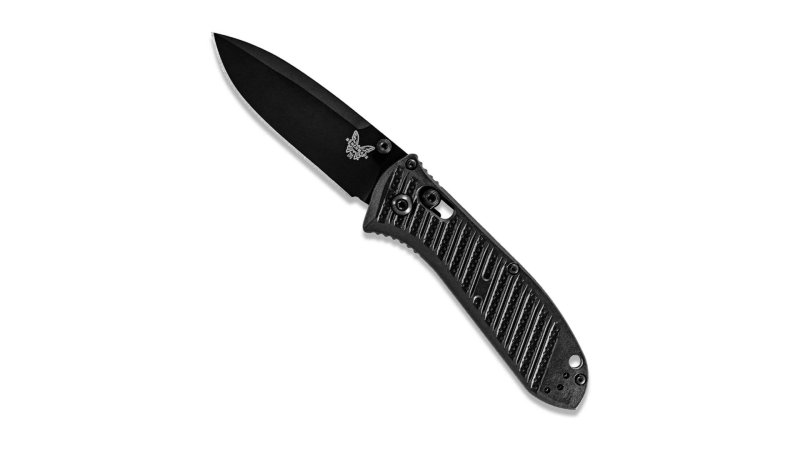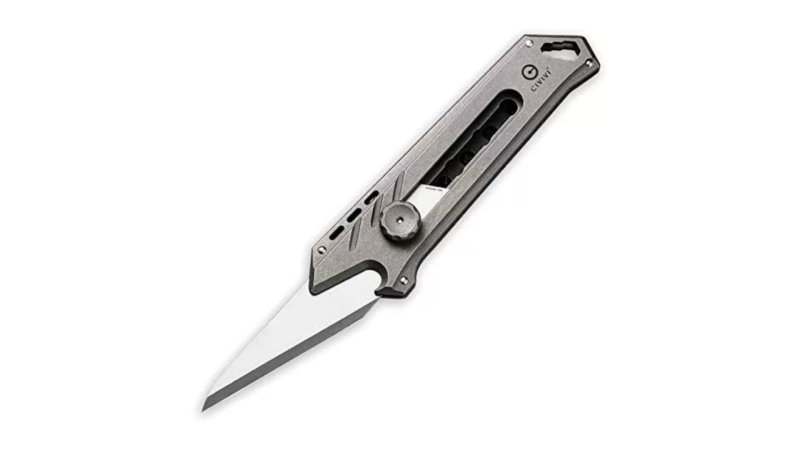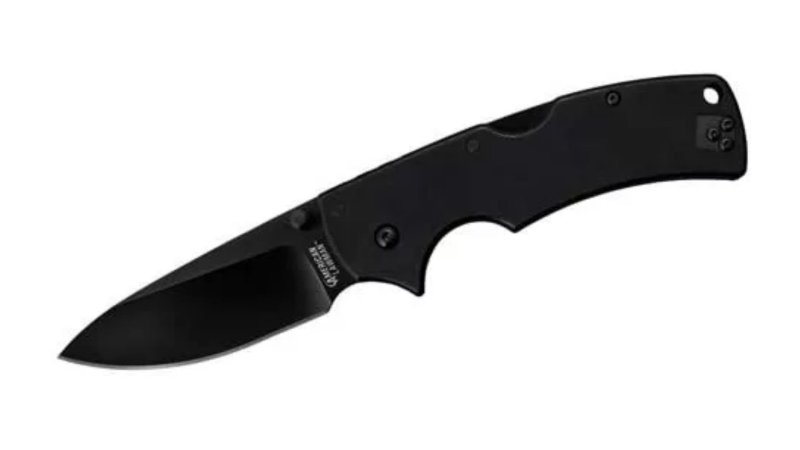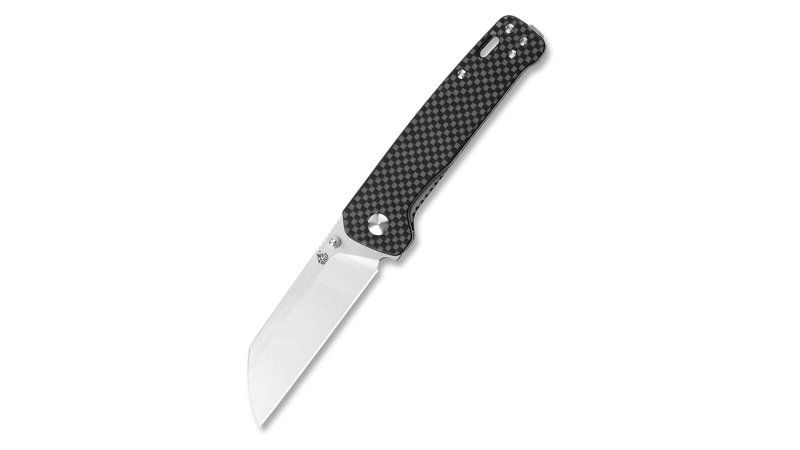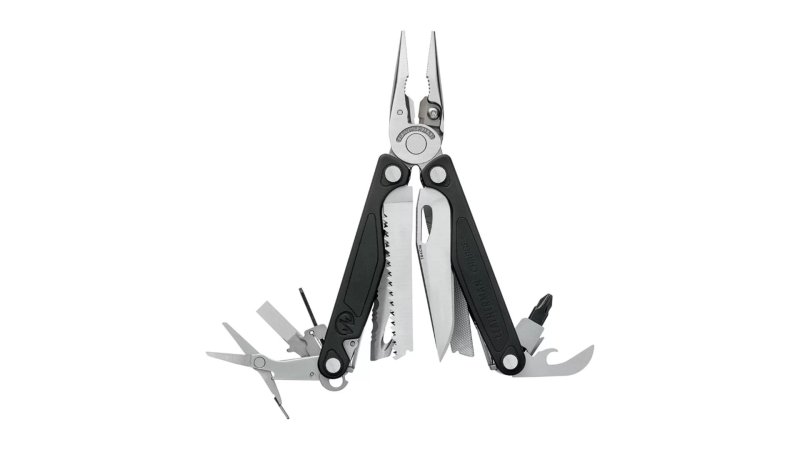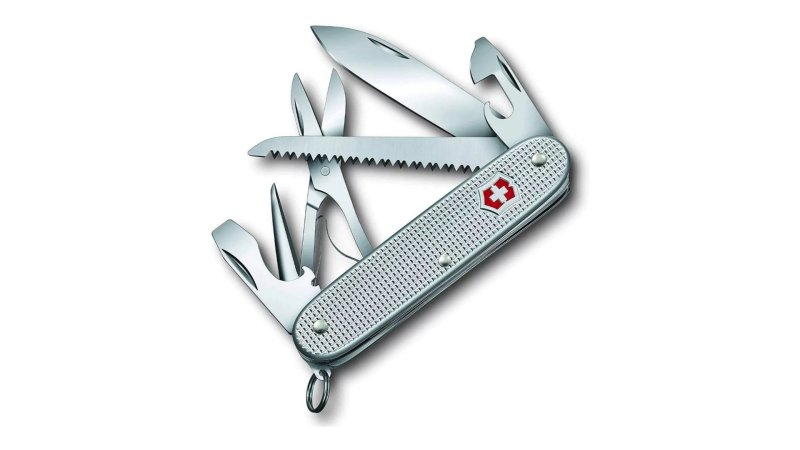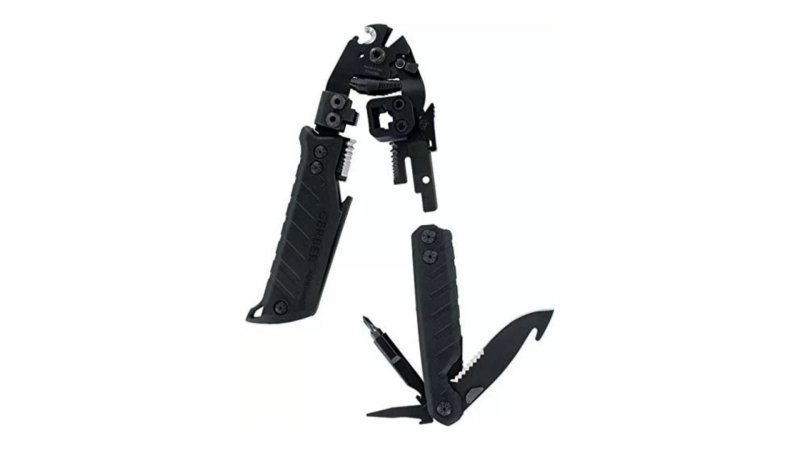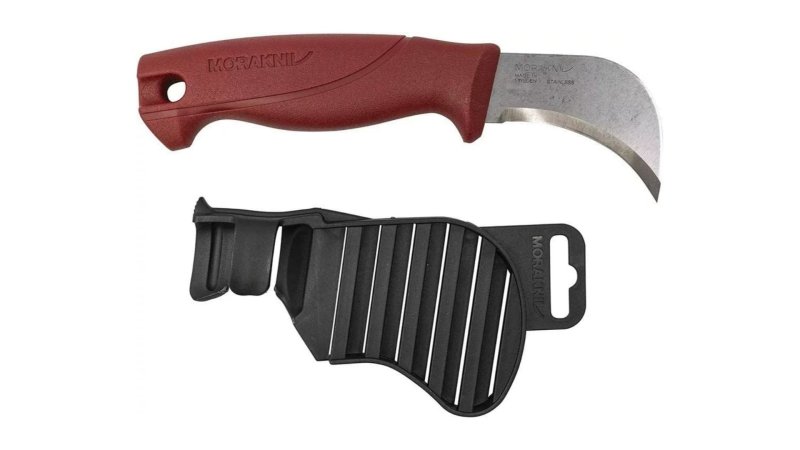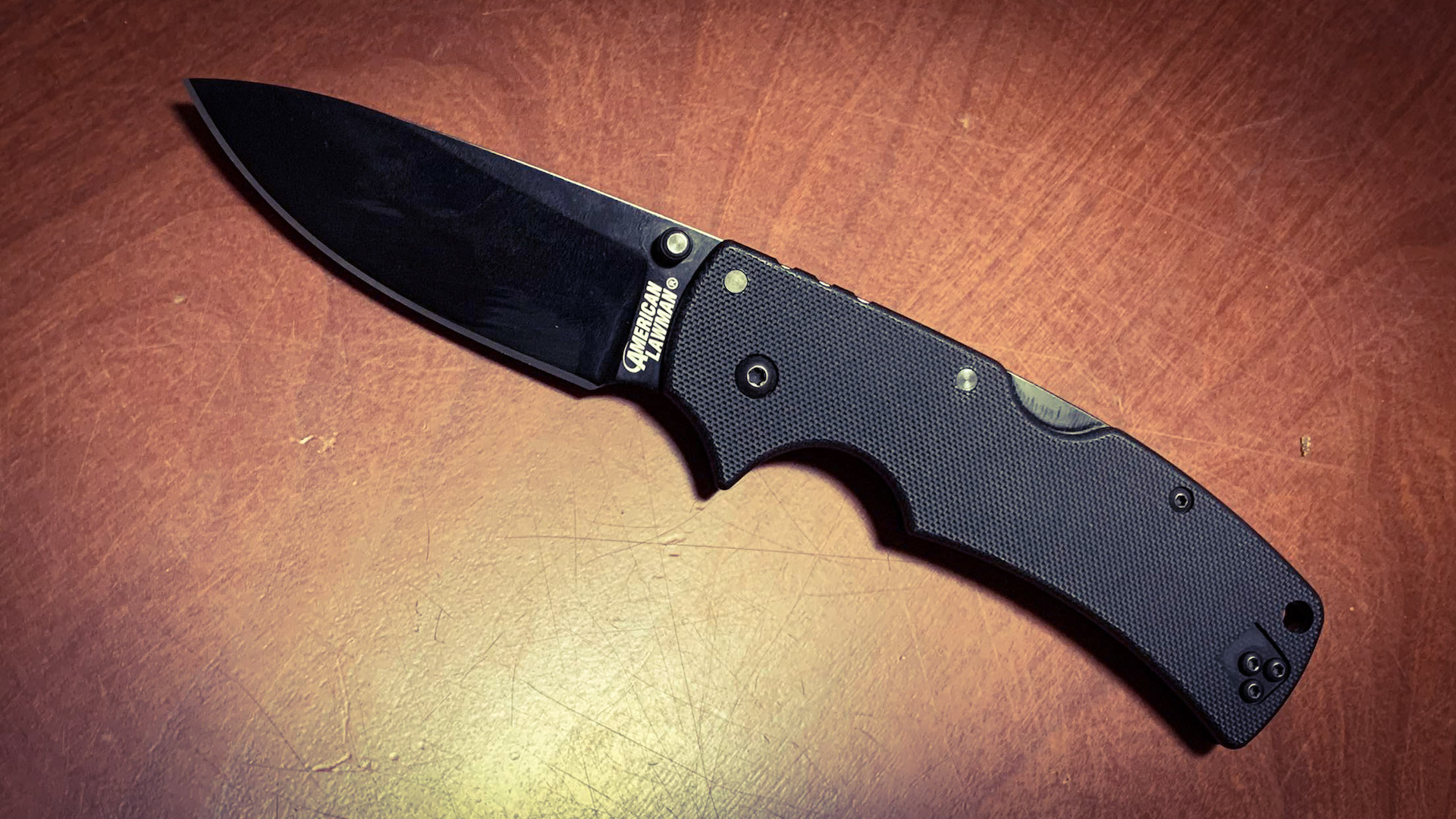

We may earn revenue from the products available on this page and participate in affiliate programs.
Blades have many uses, going all the way back to prehistoric times where they were a primary means of protection and survival. Nowadays, however, it’s far more common to see them used for utility purposes. Whether it comes in the form of a multi-purpose tool like a Leatherman, a general-purpose folder for everyday utility use, or a specialized utility knife for something like construction, there’s an option for practically everything.
We’ve rounded up some of the best utility knives on the market. Take a gander and see which blade is perfect for your next big project.
- Best Overall: ESEE-3 Fixed Blade G-10 S35VN
- Best Value: Artisan Cutlery Sea Snake
- Editor’s Choice: Benchmade Mini Presidio II
- Best Safety/Retractable: CIVIVI Mandate
- Best EDC: Cold Steel American Lawman
- Best Budget EDC: QSP Penguin
- Best Multitool: Leatherman Charge+
- Best Backup Multitool: Victorinox Farmer X Alox Swiss Army Knife
- Best Multitool for Electricians/IT: Gerber Cable Dawg Multitool
- Best Hawkbill for Construction: Morakniv Craftsmen Hawkbill
Best Overall
ESEE-3 Fixed Blade G-10 S35VN
Pros
- Durable, textured G10 scales provide improved ergonomics
- S35VN provides excellent corrosion resistance and edge retention over 1095 steel
- Made in the USA
Cons
- Not as easy to resharpen as 1095 steel
- S35VN isn’t as tough as 1095 steel
Product Specs
- Blade length: 3.875 inches
- Blade material: CPM S35VN
- Handle material: G10
- Blade style: Drop point
- Weight: 6 ounces
- Sheath material: Molded polymer
Best Value
Artisan Cutlery Sea Snake
Pros
- Budget-friendly
- AR-RPM9 steel is easily re-sharpened
- Wharncliffe blade shape is extremely useful practical for most utility uses
- Small enough to not attract undue attention
- Ergonomic G10 handles with generous finger choil
Cons
- Lower edge retention than higher-end steels
- Too small and thin for some tasks
Product Specs
- Blade length: 3.125 inches
- Blade material: AR-RPM9
- Handle material: G10
- Blade style: Wharncliffe
- Sheath material: Kydex
Editor’s Choice
Benchmade Mini Presidio II
Pros
- S30V steel offers solid edge retention and corrosion resistance
- Ultra-lightweight, tough CF-Elite handles
- Easy one-handed opening/closing with the Axis lock
- Lifesharp warranty
Cons
- S30V is prone to microchipping
- Benchmade tends to have poor edges
- Pocket clips tend to break
Product Specs
- Blade length: 3.2 inches
- Blade material: CPM S30V
- Handle material: CF-Elite
- Blade style: Drop point
Best Safety/Retractable Utility Knife
CIVIVI Mandate
Pros
- Durable titanium construction
- Easily replaceable blades
- Quality CNC machining
- Three tools
Cons
- More expensive than low-end box cutters
- Proprietary blade
Product Specs
- Handle material: Titanium
- Blade material: 9Cr18MoV
- Tools: Three
- Overall length: 4.59 inches
- Weight: 2.49 ounces
- Thickness: 0.27 inches
Best EDC Utility Knife
Cold Steel American Lawman
Pros
- S35VN for excellent edge retention and corrosion resistance
- Ergonomic textured G10 scales
- Durable DLC blade coating
- Triad lock
Cons
- Stiff pocket clip
- Triad lock can be difficult for weaker hands to disengage
Product Specs
- Blade length: 3.5 inches
- Blade material: CPM S35VN
- Handle material: G10
- Blade style: Drop point
- Weight: 4.5 ounces
Best Budget EDC Utility Knife
QSP Penguin
Pros
- Decent edge retention
- Inexpensive
- Multiple handle options
- Small, utilitarian design is perfect for the office
Cons
- Might be too small for large hands
- D2 isn’t as corrosion resistant as stainless steels
Product Specs
- Blade length: 3.375 inches
- Blade material: D2
- Handle material: Micarta
- Blade style: Sheepsfoot
- Weight: 3.17 ounces
Best Multitool Utility Knife
Leatherman Charge+
Pros
- 19 tools
- 154cm steel has good edge retention, while remaining easy to sharpen
- Replaceable wire cutters
- One-handed opening
- All tools lock, excepting the pliers
- 25-year warranty
Cons
- Price
Product Specs
- Tools: 19
- Closed length: 4 inches
- Blade length: 2.9 inches
- Blade material: 154CM
- Weight: 8.3 ounces
- Sheath: Black Nylon
- Serrated blade material: 420HC
Best Backup Multitool Knife
Victorinox Farmer X Alox Swiss Army Knife
Pros
- Durable, textured aluminum handle scales
- Good fit/finish
- 10 tools
Cons
- Non-locking blade and tools
- Too small for some tasks
- Ergonomics aren’t great, due to its size
Product Specs
- Tools: 10
- Blade length: 2.75 inches
- Blade material: Inox
- Handle material: Alox
- Blade style: Drop point
- Weight: 3.84 ounces
Best Multitool for Electricians/IT
Gerber Cable Dawg Multitool
Pros
- Limited lifetime warranty
- Six tools
- Includes black nylon sheath
Cons
- Large and heavy
- No-name stainless steel blade has poor edge retention
- Price
Product Specs
- Tools: Six
- Blade length: 3 inches
- Blade material: Stainless steel
- Blade style: Drop point w/guthook
- Handle material: GFN
- Closed length: 7.5 inches
- Weight: 13.8 ounces
Best Hawkbill Utility Knife for Construction
Morakniv Craftsmen Hawkbill
Pros
- Sandvik steel
- Ergonomic handle
- Corrosion-resistant
- Inexpensive
- Limited lifetime warranty
Cons
- Plastic sheath only designed for storage
Product Specs
- Blade length: 2.6 inches
- Blade material: Sandvik Stainless Steel
- Handle material: Polymer
- Blade style: Hawkbill
- Weight: 3.5 ounces
Why you should trust us
A self-described knife nerd, I’ve dabbled in blacksmithing, martial arts, and competitive shooting in the past. My past reviews for Task & Purpose include the Cold Steel American Lawman, WE Stonefish, Leatherman Curl, Cold Steel Storm Cloud, and Spyderco Slip Stone.
Types of utility knives
Utility knives come in many different forms and sizes. No matter what task you have in mind or what your local restrictions are, it’s probable that you’ll easily find a utility knife that suits your needs. You can find them at pretty much any hardware or big box store, and they’re available at pretty much every price point.
EDC/folder
Also referred to as a pocket knife, a folder is a compact knife that features one or more blades that fold up into the handle, in lieu of using a bulky sheath. Meant to fit easily inside your pocket, these knives are legal to carry in most places, and are convenient to carry and use daily. They are frequently smaller than fixed blades, with blades typically between three and four inches long, although there are many exceptions that are both longer and shorter than this. However, they’re quite handy — they can do everything from peeling an apple to cutting small rope or twine to opening packages. Though these folding knives are typically smaller and not as strong as their fixed blade siblings, they’re highly versatile.
Fixed blade
A fixed blade is any knife with a blade that is “fixed” in place, meaning that it doesn’t have a pivot, and is firmly, immovably attached to the handle. They’re essentially the opposite of pocket knives. The blade is always exposed unless it’s covered by a sheath. They’re simple, easier to manufacture than folding knives, and very user-friendly due to the absence of a confusing locking mechanism.
Fixed blade utility knives come in many varieties, including drop-point and wharncliffe-style knives. The better-designed fixed blades are also full-tang, where the part of the blade that’s part of the handle is the same size and shape as the handle, as this provides the greatest overall strength. The majority of cheap utility fixed blades, unfortunately, are not; these knives have a thin metal ‘tail’ that is typically pinned or glued inside of the handle and are more prone to breaking.
Multitool
Though technically a sub-category of folding knives, the main selling point of a multitool isn’t the blade itself, but rather the multiple tools that accompany it. This can include anything from pliers or scissors to screwdrivers and corkscrews. It can come in the form of a small Swiss Army Knife, or a larger Leatherman multitool. Companies such as Victorinox, Leatherman, and Gerber are well-known for their multitool offerings.
Retractable
One of the most common utility knives, retractable knives can be found everywhere from warehouses to the office, and chances are, even your house. Retractable utility knives are usually very inexpensive, typically taking the form of box-cutters and snap-blades. The latter features pre-scored lines in the blade, allowing you to snap off dull segments and extend the blade further to utilize the remaining undulled blade.
Utility knife features to consider
Blade length
You wouldn’t use a sword to open an envelope, and you probably wouldn’t use a box-cutter to hack away at brush. Depending on the intended use, you might need a longer or shorter length blade for optimum efficiency and safety. However, you also have to take into account the laws for your state, county, and city, in case they restrict your maximum blade length. That said, it’s usually better to have slightly more length than necessary, than not enough.
Blade shape
One of the most important things when picking out the right blade for your task, the blade shape, and overall geometry can greatly impact how useful your knife is for specific tasks, as well as how long it will last. A box-cutter will do notably better at its stated use than a long fixed blade, and the fixed blade will do notably better in outdoor utility use, or situations where you might have trouble pulling a folding knife out of your pocket. Some jobs require a thicker, stronger blade, while others require a thinner, slicey blade. A knife with a super-thin tip might be great for delicate, detailed work, but will likely break if used for chopping.
Steel type
As large as the variety of blade shapes is, there are even more types of blade steel you can choose from for utility knives. High-carbon steels tend to be tougher and easier to sharpen than stainless steels, but rust much easier, and often don’t have as good edge retention as premium stainless steels. Lower-end steels are cheaper and typically easier to resharpen, but premium steels, whether stainless or carbon, tend to have noticeably better edge retention and toughness.
Pricing considerations for utility knives
Budget
Plenty of utility knives are budget-friendly and priced at $60 or less. You’ll find quite a few pocket knives, multitools, fixed blades, and box-cutters within this price range. If you just need something for a short-term project, an expendable tool, or if your inner Scrooge absolutely has to pinch those pennies, this might be for you.
Mid-range
If you’re looking for a utility knife that offers the best bang for your buck, you’ll find most of those in the mid-tier range of $60 to $150. These knives will tend to be made with better materials, designs, and overall much better quality control.
Premium
Only accepting the best of the best? You’ll want to look in the $150-and-up price range. Here’s where you’ll find extremely specialized multitools and utility knives, and they’ll typically come with premium materials and a great warranty.
How we chose our top picks
We chose our top picks by looking at utility knives at various price points, then assessing which had the best customer reviews and highest ratings. We then examined the durability and versatility, along with the materials and quality control that went into making each knife. We also tested the majority of these knives thoroughly to ensure their functionality and quality.
FAQs on utility knives
You’ve got questions, Task & Purpose has answers.
Q. How do you use a utility knife?
A. Carefully. No, really. All the normal basic safety rules for working with a sharp tool apply. Never cut towards yourself or your hand, always cut away from you. Never cut when anyone is within your reach with the knife extended: It’s colloquially known as the blood circle for a reason.
Q. Can a utility knife cut wood?
A. While almost any knife that isn’t dull can cut wood, there are knives specifically designed for cutting and carving wood that will do it much better than, say, a box-cutter. The Japanese Kiridashi is a great example of a knife specifically designed for this.
Q. How should I maintain my utility knife?
A. That depends on a couple of factors, including steel type, intended use, environment, and whether it is a folder or fixed-blade. If it’s made using high carbon steel, you’ll want to keep it clean and dry to prevent any dirt buildup from allowing moisture to collect and cause rust. You’ll also want to dry off the blade as soon as possible after being exposed to water, and wipe it down every other week or so with a thin layer of oil — more frequently if you live in a humid or salty environment. Modern stainless steels require drastically less maintenance in comparison, but you’ll still want to keep them clean and dry, and lightly oil them occasionally if you’re in a marine environment.
